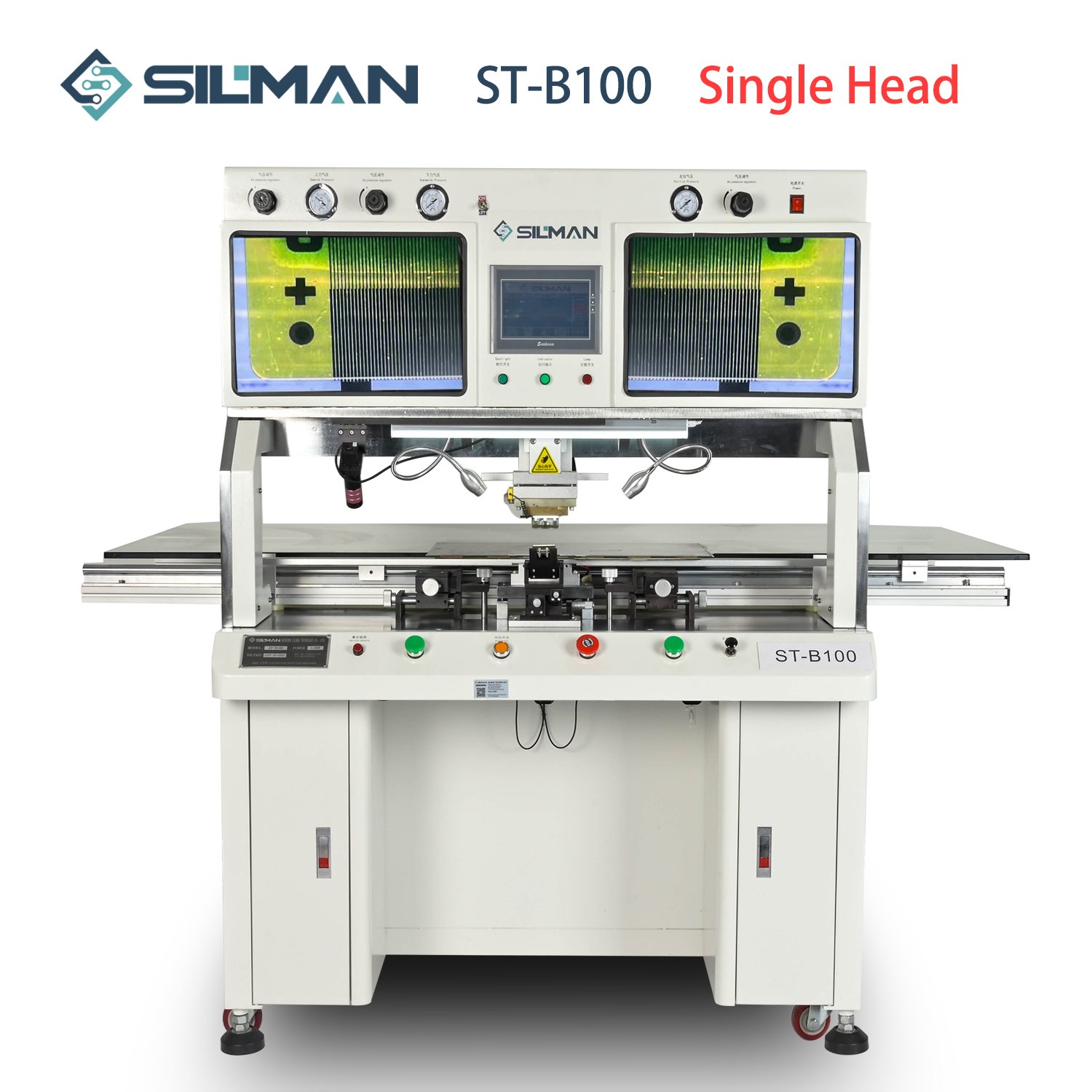Recently, the 2018 Annual Conference of the Urban Passenger Transport Branch of the China Road Transport Association and the Summit Forum on the Development of Public Transport in Celebration of the 40th Anniversary of Reform and Opening Up was held in Beijing. According to Electric Knowledge, it is anticipated that by 2020, all buses in Beijing will be powered by new energy and clean energy, with electric buses accounting for over 50% of the total bus fleet. This transition will encompass buses in the main urban areas as well as suburban centers, ensuring a complete shift to electric propulsion.
Currently, in the lithium battery industry, the production capacity of a single cylindrical battery assembly line can reach 200 parts per million (ppm), with a daily output of around 150,000 units. On the other hand, in the casting industry, the production capacity of a single assembly line is around 10 ppm, yielding close to 10,000 pieces per day. Manual inspection methods are far from meeting the requirements of current production capacities. Therefore, the inevitable trend in non-destructive testing equipment development is the adoption of machine vision technology to replace manual inspection, along with automatic feeding, sorting, and unloading processes.
Compared to traditional manual inspection and outdated detection equipment, X-ray non-destructive testing can detect anomalies or defects within materials without damaging or affecting the performance of the inspected objects. This method utilizes a physical approach to probe the internal structure of materials, thereby enhancing detection speed and accuracy, while reducing labor costs and improving product quality.
Silman Tech’s X-ray non-destructive testing equipment employs machine vision technology to enhance detection speed and accuracy, providing analysis and judgment of the causes of product quality issues. This enables improvements in the production process and manufacturing techniques, with features including automatic detection, identification, judgment, and sorting. Additionally, it can automatically distinguish between good and defective products, thereby enhancing overall testing capacity. The results of the detection are stable, accurate, and consistent, with outstanding image clarity, automatic programming detection, software-based automatic detection analysis, and excellent practicality.
The DEZ-X620 utilizes X-ray transmission principles to penetrate the interior of batteries, enabling fully automated online detection and analysis of the internal structure of cylindrical battery terminals and the coverage of positive and negative electrodes. Through software-based automatic detection and judgment, it can assess the condition of negative electrode terminals and shell walls in 18650/26650 batteries (including spacing, contact distance, and the bending state of the terminals). Designed with a high-speed positioning and transmission mechanism, the detection speed capacity exceeds 120 ppm, with a determination repeatability of S = ±50μm or less. Moreover, the equipment features modular design and strong expandability, enabling functions such as automatic loading and unloading, automatic judgment, data storage, identification of defective products, and screening and sorting, thus achieving full automation control throughout the testing process.
